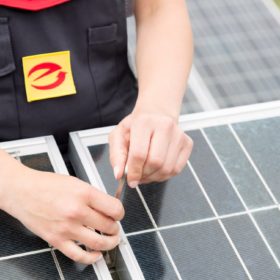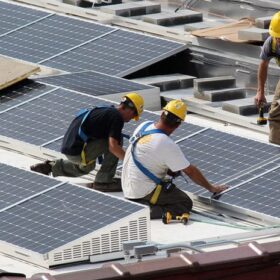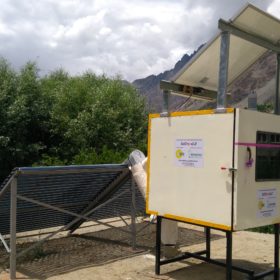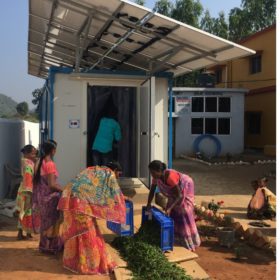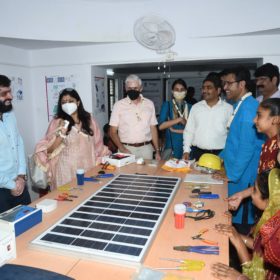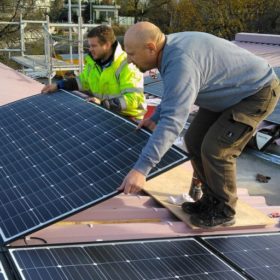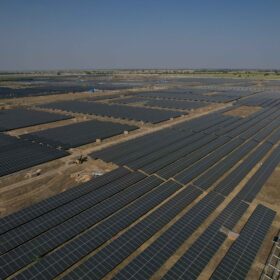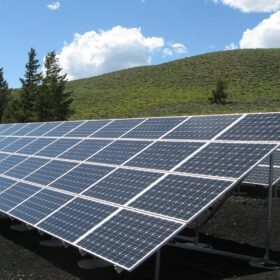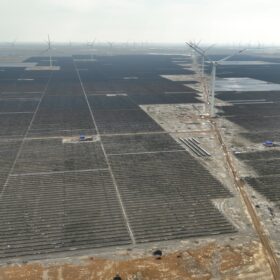How women are driving the sustainable energy transition
The sustainable energy transition transcends the ambit of technological change; it is, fundamentally, a societal transformation. Women, constituting half of the global population, assume an unequivocally vital role in this paradigm shift.
Rapid growth in U.S. solar market requires new approaches to project delivery
The workforce and supply chain challenges faced by growing solar industry can be overcome through new partnerships and contracting approaches between EPCs and developers, according to a McKinsey report.
$30.3 billion market potential for solar pumps, dryers in India
A new report states solar-powered pumps (higher capacity and micro-pumps) offer a $28 billion market potential in India, the maximum among all mature decentralized renewable energy (DRE) livelihood applications. Solar dryers have the second-largest deployment potential at $2.3 billion.
Employment in distributed renewable energy sector
A new report by Power For All says the commercial and industrial (C&I) sector will be a significant driver of job growth in the Indian distributed renewable energy sector in the next few years.
Solar PV employed around 3.4 million people in 2021
Almost half of the workers were employed in China, around 280,000 in North America, over 260,000 in Europe, and some 50,000 in Africa, according to a new report by the International Energy Agency (IEA). The vast majority of workers were employed in manufacturing and installation of new capacity, with solar jobs paying lower wage premiums than the nuclear, oil, and gas industries.
Engie, NSDC to collaborate on solar skills training for 600 young people
Engie has partnered with India’s National Skill Development Corp. to train young people to become solar module technicians.
Former ReneSola chief now Pennar Industries’ solar modules business head
Hyderabad-headquartered Pennar Industries has appointed ReneSola’s former India head, Pradeep Sangwan, to lead its solar modules business. In his most recent role, Sangwan was the country head for Econess Energy—a China-based PV cells and modules manufacturer.
Women salt pan workers in Gujarat to be trained as solar technicians
ReNew Power, United Nations Environment Programme, and Self-Employed Women’s Association of India (SEWA) have launched a program to train women salt pan workers in Gujarat as solar technicians. Under the initiative, 1,000 women salt pan workers will be trained as solar panel and solar pump technicians.
India’s solar and wind sector could employ one million new workers by FY2029-30
India could employ one million new workers through the deployment of 339 GW of wind and grid-connected solar systems (utility-scale solar and rooftop solar) between FY2021-22 and FY2029-30 if the nation were to meet its 500 GW non-fossil capacity target. The bulk of the new jobs would be created by small projects like roof-top solar and mini and microgrids.
Solar job numbers kept on rising in 2020
The latest edition of a clean power jobs survey produced by IRENA and the International Labour Organization has stressed the important role which will need to be played by the public sector if the energy transition’s employment benefits are to be shared equally.
